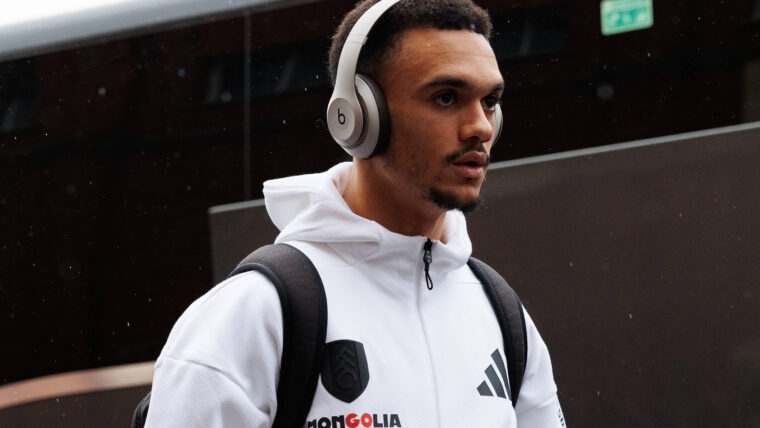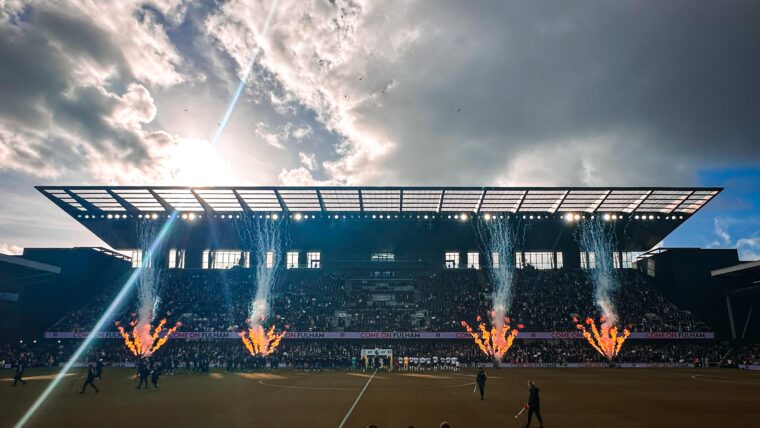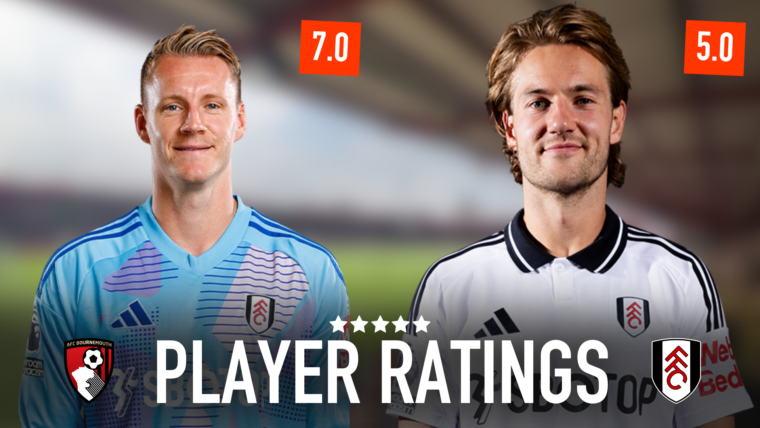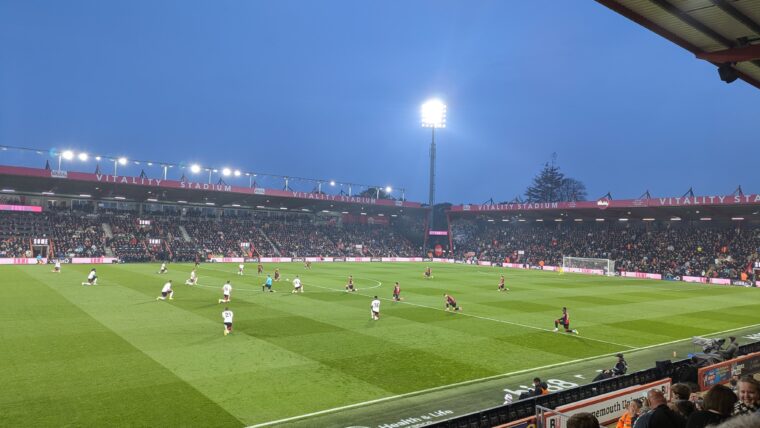What can we expect from Marco Silva?
Written by Louis Wishlade on 6th August 2021
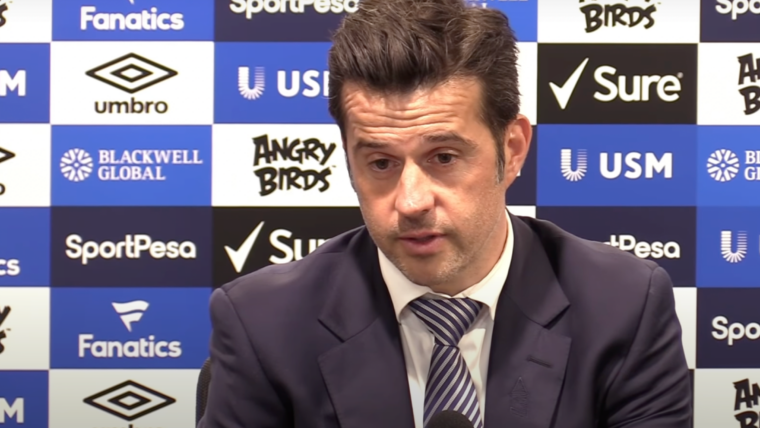
Louis Wishlade analyses Marco Silva’s tactics from his time at previous clubs to forecast what we can expect to see this season and why you should pick Fulham as the Championship winners on Leagues Apart.
Mere days remain before the first kick of a football on the hallowed Craven Cottage turf signals the start of Fulham’s 2021/22 season. But with all but one of our friendlies played behind closed doors, what can we expect to see from Marco Silva’s side this season? And, could we really see some silverware in SW6 come May?
Over lockdown, two Fulham fans started a project to simplify fantasy football while focusing on inclusion. The result is Leagues Apart, a football predictions game that asks its users to select who they believe will finish top and bottom of the Premier League, Women’s Super League and each of the English Football Leagues. You can sign up for Leagues Apart here.
Fulhamish has partnered with the fledgling game and are offering the winner of our league (code: PERXBMIUD) the chance to win a 2003/04 signed Fulham away kit.

So, I thought it would be a good idea to watch hour upon hour of highlights of Silva’s time at Watford and Everton, analysing his playing style and tactics as well as assess the current squad’s suitability, to state my case for selecting Fulham as the Championship winners.
Formation variation
During his time at Watford and Everton, Marco Silva usually implemented either a 4-3-3 or a 4-2-3-1, although a 4-2-2-2 was also sometimes seen. His sides tend to be physical and energetic, driven by two box-to-box midfielders and with heavy reliance placed on wingers and full-backs, as well as the avid use of a target man.
The 4-2-3-1 was usually used when Silva was confident of dominating and outscoring a ‘weaker’ opponent or a team operating with a low block. In this formation, Tom Cleverly or Gylfi Sigurdsson sported the number 10 role, with the primary intention of switching the play from one side of the pitch to another as rapidly as possible, becoming an axis for the wing play.
Therefore, the main difference between the Portuguese manager’s two preferred formations was the role and positioning of the midfield’s creative player. In the 4-3-3 formation, used against so-called ‘stronger’ sides, the playmaker would usually revert to being on the right of the three central midfielders. Here, they would be asked to carry a greater defensive load, while retaining the remit to push into the hole behind the striker in attacking situations.
Interestingly, Silva often picked Tom Cleverly for this role at the Hornets, despite Periera arguably possessing a better passing ability. This is because the Englishman was a more robust and energetic inclusion, who also held a better tackling ability and was less likely to be sent off.
So, could we see more of the youthful and athletic Tyrese Francois given his stellar performance against Charlton Athletic and promising debut at home to Newcastle? More minutes may be on the cards for the Australian wizard this season – especially if Tom Cairney’s unfortunate struggle with injury continues.
From the off, this tactical structure seems to suit our current playing squad, with Harrison Reed standing out as the perfect candidate for Silva’s midfield fulcrum. The Whites also possess exciting yet creative wingers in Fabio Carvalho and Harry Wilson as well as arguably the perfect striker for the system in Aleksandar Mitrovic.
Attacking aptitude
Both Watford and Everton attacked with width under Silva, with the full-backs playing a huge role. While in possession of the ball in their own half, Silva would instruct his full-backs to push up towards the halfway line to create short passing triangles with the central defender and central midfielder on their allotted side. Here, the three individuals would circulate the ball, patiently awaiting the chance for the full-back to burst forwards down the touchline.
The full-back would then often overlap their winger, or at least play very close to them on the outside, looking for the chance to cross the ball into the box or lay the ball off to one of the box-to-box midfielders who had also erupted forwards in search of a long shot. Otherwise, the ball could be passed to the number 10 who would either look for a chance of their own or switch the play to the other full-back.
The main role of the striker was to disrupt the opposition’s defence using their physical presence combined with horizontal runs across the box. This made Deeney, Gray and Tosun into valuable aerial threats from the full-backs’ or wingers’ crosses – something that put them on the scoresheet fairly often under Silva.
Having said that, the target man would also look to drop off towards the number 10 in a bid to draw the central defenders out and create space for the wingers. This made the wide players crucial to scoring goals – a role in which Richarlison excelled in at both clubs – especially as the number 9 would attempt to flick on chances to them.
Instead, the striker would look to finish off any scrappy chances following on from the winger’s attempts on goal. Although, the dynamic movement of the wingers and full-backs was paramount to the success of the attack and any poor positioning could easily lead to a threat at the other end.
Pressing
Silva’s sides look to cut opposition passing lanes or cover the ‘shadow’ of a rival player, rather than directly pressing individuals. Usually, when an attacking move breaks down, the number 10 will orientate themselves to cover any vertical ball forwards from the centre-backs to the midfield.
In the meantime, the wingers form a spearhead, covering any space in between the opposition’s central defenders, full-backs and midfielders. If an opposition full-back starts to tuck in and offer themselves as a passing option, Silva instructs his winger to intercept the passing lane, rather than press either the player in possession or the potential receiver.
Should the opposition manage to move the ball out wide, Marco’s men will press more aggressively, actively swarming the man in possession. However, this only occurs when the opposition’s passing lanes have been narrowed so significantly that winning the ball back is likely.
Silva has previously used this approach to mitigate against a lack of pace and poor positioning from his central midfielders. This is because cutting passing lanes, rather than an overly aggressive man-orientated press, protects them from being left vulnerable to a counter-attack – because a direct pressing approach can suck too many men towards the ball who do not possess the necessary pace to recover.
The technicalities of the transition
As previously stated, Silva instructs his teams to slowly move the ball up the pitch in the transition from defence to attack, after his side has regained possession. For this, the Portuguese manager favours vertical possession play. One technique used is the passing triangles between the full-back, central defender and central midfielder.
However, in other circumstances, a triangle has formed between the sweeper keeper and the two centre backs. The ball will be moved between the three as they attempt to slowly move the ball upfield. However, soon, one of the two central midfielders will drop back, creating a staggered midfield through through which the ball is moved vertically and at a faster pace, while maintaining passing triangles through the midfield and wide players. The box-to-box midfielders then make driving runs forward, following the pass which they have just made, often taking shots from range.
Close to the opposition box, however, the aim switches from moving the ball vertically to moving the ball horizontally. This is a lot quicker with the ball switched from side to side, often via the number 10, while the striker disrupts the defenders.
The Defence and defensive vulnerabilities
When the opposition team is in possession, one of the central midfielders often drops into the backline, effectively creating a back five. Simultaneously, the number 10 takes up his position as part of the double pivot, assuming the more defensive duties for which Cleverly was prioritised.
However, Silva’s systems seemingly display defensive frailties at wing-back – especially from counter-attacks when the full-backs are out of position. Therefore, this leaves defensive players scrambling for a way to stop opposition attacks, often having to resort to concede fouls or even goals as they rush back to position. Manchester City demonstrated this very effectively as they overloaded the Hornets on the right-hand side to win 6-0 in September 2017.
Embed from Getty ImagesMarco Silva’s sides play attractive, attacking passing football, which can come at a cost defensively. While aerial play has been a strong point at the goal-scoring end, defensively it is a weakness for set-pieces – which has been something of a Fulham trademark in recent years.
Can we win the Championship?
At this point, it would be silly to not name the Whites among the favourites to win the Championship this season. While things don’t always pan out the way that they are expected to on paper, it is clear that the current squad and manager combination should be a success – especially given the quality of the squad relative to the rest of the division.
So, have I convinced you to make Fulham your pick in Leagues Apart? If not, hopefully Silva might.
